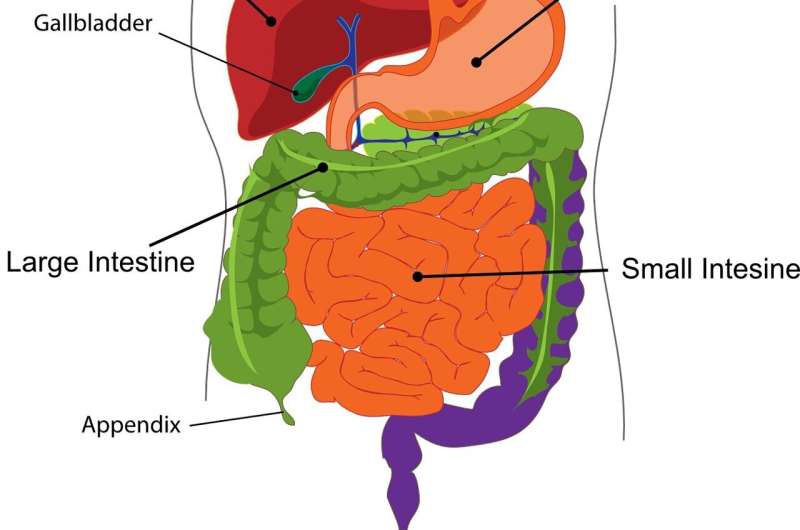Neural Circuit Insights Explain Variations in Human Fear Response

Exploring the neural basis of fear and arousal reveals why individuals exhibit different fear responses. A recent study uncovers specific brain circuits influencing adaptation to threats, with implications for mental health treatment.
Recent research published in Neuron has shed light on the neural mechanisms behind individual differences in fear and escape behaviors. Led by Professor Wang Liping from the Shenzhen Institutes of Advanced Technology (SIAT) of the Chinese Academy of Sciences, the study investigates how specific neural circuits influence how organisms, including humans, respond to threats and recurring danger stimuli.
The team employed advanced techniques such as in vivo multichannel recordings, fiber photometry, pupillometry, and optogenetic manipulation to explore how internal states and arousal levels impact fear responses. They identified two distinct pathways originating from the superior colliculus (SC): one involving the insular cortex and ventral tegmental area (VTA) which facilitates sustained rapid escape behaviors, and another connecting to the insula and dorsal medial thalamus (MD), which promotes rapid habituation to threats.
The study highlights that the MD plays a central role by integrating signals from the SC and insula to modulate arousal and fear responses, with beta oscillations in the basolateral amygdala (BLA) influencing fear states. Dysregulation of these fear circuits has been linked to mental health conditions such as phobias, anxiety disorders, and post-traumatic stress disorder (PTSD). Understanding these neural pathways could lead to new therapeutic strategies.
This research emphasizes that individual differences in stress adaptation and fear plasticity are centrally governed by brain states, offering important insights into emotional regulation and potential clinical interventions. As Prof. Liu Xuemei, a lead author, states, this work advances our understanding of arousal modulation and adaptive responses to visual threats.
For more details, the study is accessible through DOI: 10.1016/j.neuron.2025.04.018. Source: Shenzhen Institute of Advanced Technology.
Stay Updated with Mia's Feed
Get the latest health & wellness insights delivered straight to your inbox.
Related Articles
Bindi Irwin Undergoes Emergency Appendectomy: Understanding Appendicitis
Bindi Irwin recently underwent emergency appendectomy due to a ruptured appendix. Learn about appendicitis, its symptoms, and treatment options to understand this common condition better.
Health Alerts Issued as Canadian Wildfire Smoke Causes Unhealthy Air in Northern Minnesota
Wildfire smoke from Canada is causing unhealthy air quality levels in northeastern and northwestern Minnesota, prompting health alerts and safety advisories for vulnerable populations. Learn how to stay protected during this wildfire season.
The Influence of Gut Microbes on Gene Regulation and Human Health
New research highlights how gut bacteria can influence gene activity through epigenetic mechanisms, impacting health, disease prevention, and personalized medicine.
Innovative AI Technology Promotes Increased Breastfeeding Success in Neonatal Care
University of Florida has developed AI models to predict and improve breastfeeding success among mothers in NICUs, enhancing neonatal health and maternal well-being.



